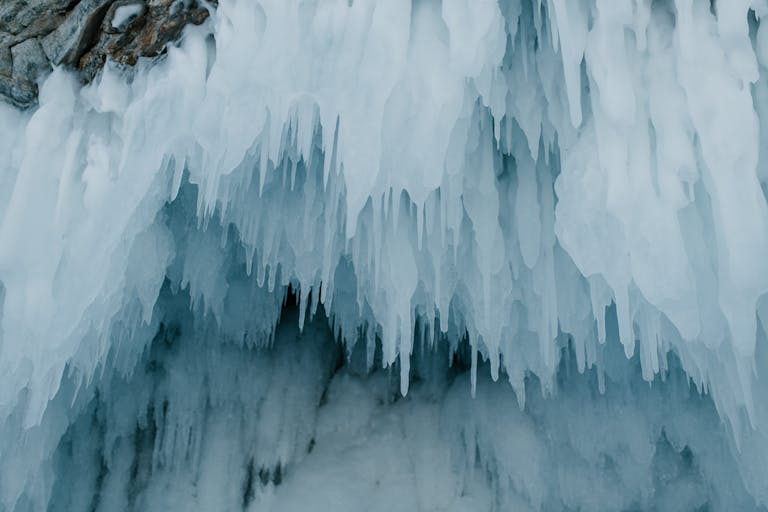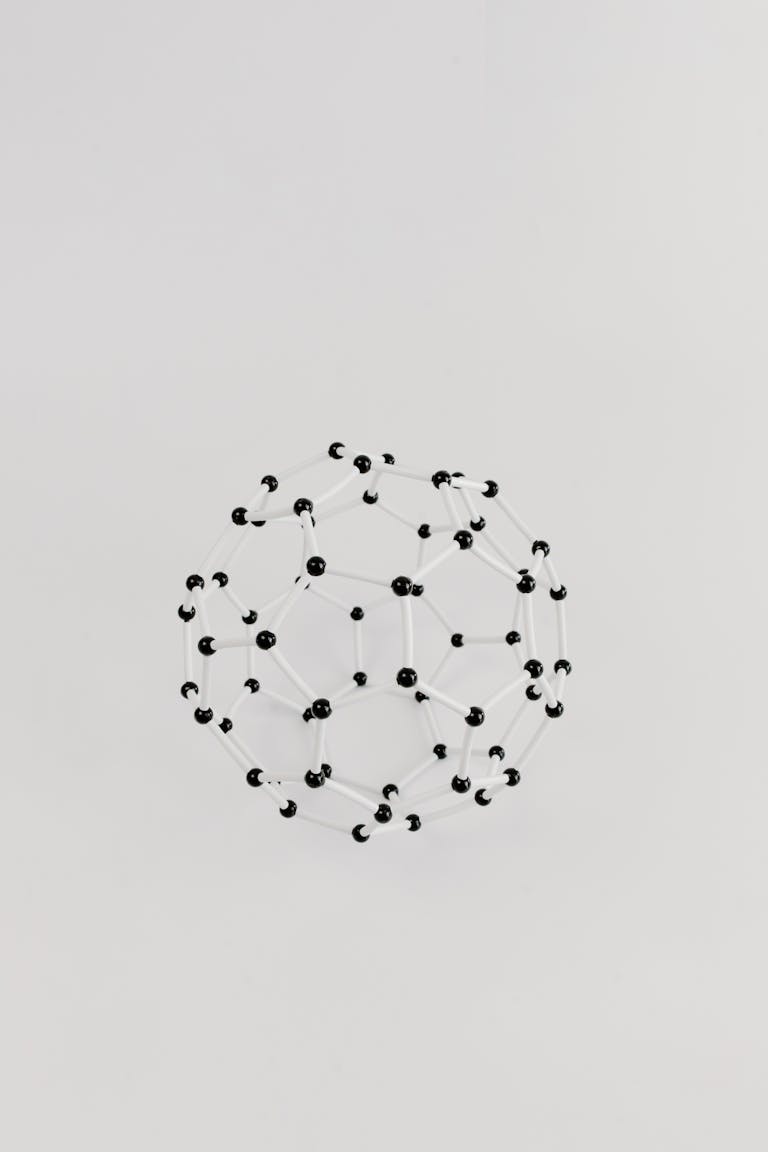Tiny Arctic Diatoms That Glide Through Ice at Record-Low Temperatures

Scientists have recently discovered that microscopic algae known as Arctic diatoms are not frozen in place as many once believed. Instead, these single-celled organisms are very much alive and active, gliding through ice even at temperatures as low as –15 °C (5 °F). This finding breaks previously known limits of biological activity in eukaryotic cells and opens up fascinating new questions about how life adapts to extreme environments.
What Exactly Are Diatoms?
Diatoms are a type of single-celled algae enclosed in glass-like silica shells. They are found in oceans, freshwater, and even soils, contributing enormously to global oxygen production and forming the base of many aquatic food chains. In the Arctic, diatoms live within and beneath ice sheets, but until now, most scientists assumed they were dormant or at best minimally active in such frozen conditions.
The new research overturns that assumption, showing that ice-bound diatoms are not just surviving but actively moving. Their ability to glide at such low temperatures makes them unique among known eukaryotic organisms.
Record-Low Limits of Life
The study, led by researchers at Stanford University and published in the Proceedings of the National Academy of Sciences (PNAS), documents movement in eukaryotic cells at the coldest temperatures ever recorded. While most living systems slow down dramatically near freezing, Arctic diatoms were still gliding smoothly through ice channels at –15 °C.
This is significant because eukaryotic cells—cells with a nucleus—are typically sensitive to cold stress. Plants, animals, fungi, and protists all fall under this category. Observing motility in such conditions expands our understanding of where and how life can persist.
How Do They Move? The Secret of Mucus-Powered Gliding
Unlike animals, diatoms have no legs, fins, or flagella to push themselves forward. Instead, they use a gliding mechanism. Researchers observed that Arctic diatoms secrete a sticky mucilage polymer, similar in texture to snail mucus. This substance attaches to surfaces like ice, creating a rope-like anchor.
Inside the cell, actin filaments and myosin molecular motors pull against this anchor, generating forward movement. This is the same actin–myosin system responsible for muscle contractions in humans and animals. What makes the discovery remarkable is that this machinery still works in subzero environments where biochemical activity usually stops.
Even more surprising, Arctic diatoms glide much faster than their temperate relatives. On glass surfaces in lab experiments, both Arctic and non-Arctic diatoms were capable of movement near freezing, but only the Arctic species maintained high speed and adhesion on ice. This indicates an evolutionary adaptation specifically suited for polar life.
Fieldwork in the Chukchi Sea
The diatoms were collected during a 45-day expedition in the summer of 2023 aboard the research vessel Sikuliaq, which is operated by the University of Alaska Fairbanks and owned by the National Science Foundation.
The team drilled ice cores from 12 research stations across the Chukchi Sea. Using specially designed microscopes on board, scientists imaged diatoms directly inside the ice, documenting their movement in situ.
Back in the laboratory, the researchers recreated Arctic-like environments in petri dishes. They used thin layers of frozen freshwater sitting atop very cold saltwater, simulating the natural separation that occurs when sea ice forms and pushes salt out of its structure. Microchannels, similar to those inside real ice, were even made using strands of human hair to mimic the narrow spaces through which diatoms travel.
To trace their motion more precisely, the team added fluorescent beads to gels. As diatoms glided, they displaced these beads, leaving visible tracks—much like footprints in snow.
Beneath the Ice: A Hidden Green World
Although the Arctic looks white and barren from above, beneath the ice lies a thriving green world. Diatoms are responsible for much of this green tint because of their dense populations and photosynthetic pigments. They are a foundation of the Arctic food web, feeding zooplankton, fish, and ultimately larger animals like seals and polar bears.
The fact that diatoms remain active at extremely low temperatures means they may play a larger role in nutrient cycling under the ice than previously thought. By moving through microchannels, they might redistribute resources or position themselves in areas where light and nutrients are more favorable.
Implications for Ecosystems and Climate Change
The discovery carries significant ecological implications. If Arctic diatoms are actively gliding and secreting mucilage within ice, they may influence:
- Nutrient flow: Their motion could transport resources within ice ecosystems.
- Food web dynamics: Active diatoms could sustain under-ice communities more effectively than dormant ones.
- Ice structure: Mucilage trails might even play a role in ice crystallization, potentially seeding new structures, much like pearls form around grains of sand.
But this revelation comes at a time of urgency. Many climate scientists predict that within 25 to 30 years, summer Arctic ice may disappear completely. If that happens, these specialized ecosystems—and the knowledge they hold—could vanish.
Funding cuts pose another challenge. The National Science Foundation is facing projected reductions of up to 70 percent in polar research funding, which could limit further expeditions and discoveries like this one.
Why This Matters Beyond the Arctic
This research not only changes our view of polar ecosystems but also expands our understanding of life itself. Several broader implications emerge:
- Cryobiology: Studying how actin–myosin systems continue functioning at subzero temperatures could inform medical cryopreservation techniques.
- Astrobiology: If eukaryotic life can remain active at –15 °C on Earth, it strengthens the possibility of microbial life surviving in icy extraterrestrial environments like Europa or Enceladus.
- Biotechnology: Understanding the unique mucilage polymers diatoms produce could inspire new materials that work under extreme cold conditions.
More About Diatoms
To give further context, here are a few important facts about diatoms in general:
Role in Global Ecosystems
- Diatoms account for nearly 20 percent of global oxygen production, more than all the world’s tropical rainforests combined.
- They form the base of many aquatic food chains, supporting everything from plankton to whales.
Unique Silica Shells
- Each diatom builds an intricate silica shell known as a frustule. These structures are beautiful under microscopes and vary greatly among species.
- When diatoms die, their shells accumulate on the seafloor, forming diatomaceous earth, which humans use in filtration, pest control, and even toothpaste.
Adaptability
- Diatoms are known for thriving in diverse environments—from hot springs to polar ice. The Arctic gliding discovery adds to their reputation as some of the most adaptable organisms on Earth.
What’s Next for Research?
Many questions remain unanswered:
- How exactly does the actin–myosin machinery operate in freezing conditions?
- Are there special proteins or antifreeze compounds that stabilize their system?
- What is the true ecological significance of gliding—does it meaningfully alter nutrient or carbon cycling in polar seas?
- Could mucus trails left behind by diatoms influence the formation and stability of sea ice?
- Do other ice-associated microorganisms (bacteria, protists, or even fungi) use similar strategies?
Future work will require both in-field imaging and laboratory molecular studies to connect the dots. But with climate change accelerating and research budgets shrinking, there is a race against time to unlock these mysteries.
Conclusion
This discovery has transformed the way scientists think about life in extreme cold. Tiny Arctic diatoms are not silent passengers frozen into ice; they are dynamic, motile, and ecologically active organisms. By gliding at temperatures once thought impossible for eukaryotes, they reveal new possibilities for biology, climate science, and even the search for life beyond Earth.
The Arctic may be disappearing, but before it goes, it is teaching us just how far the limits of life can stretch.
Research Reference: “Ice gliding diatoms establish record-low temperature limits for motility in a eukaryotic cell” – Proceedings of the National Academy of Sciences (PNAS), September 9, 2025





